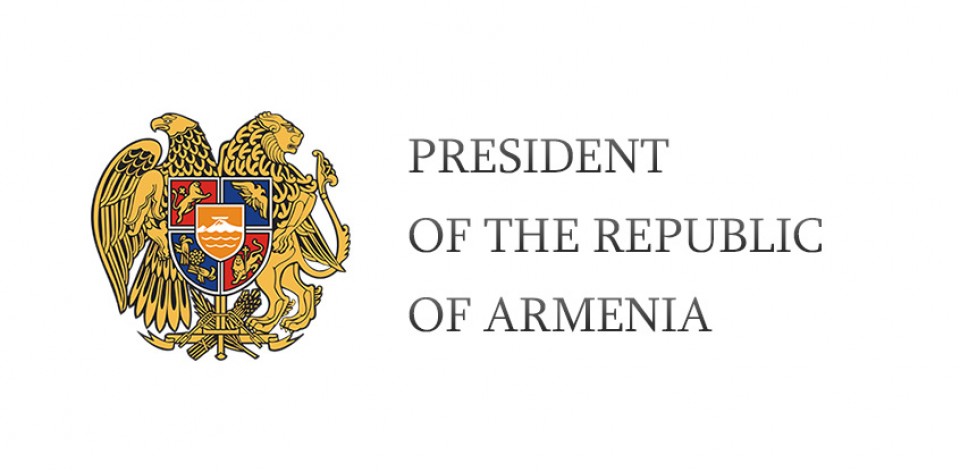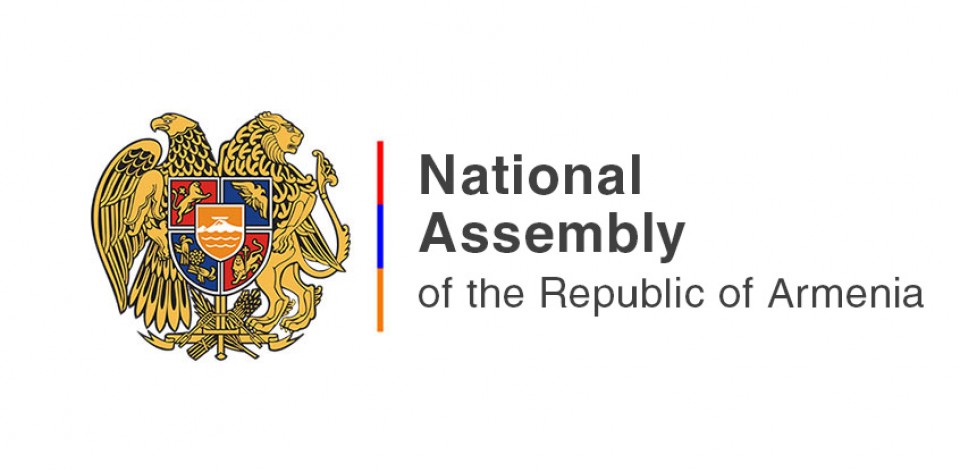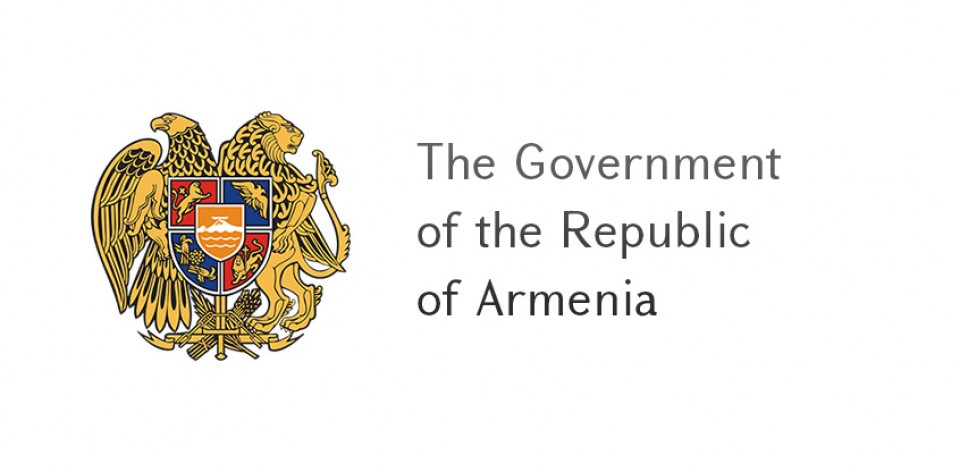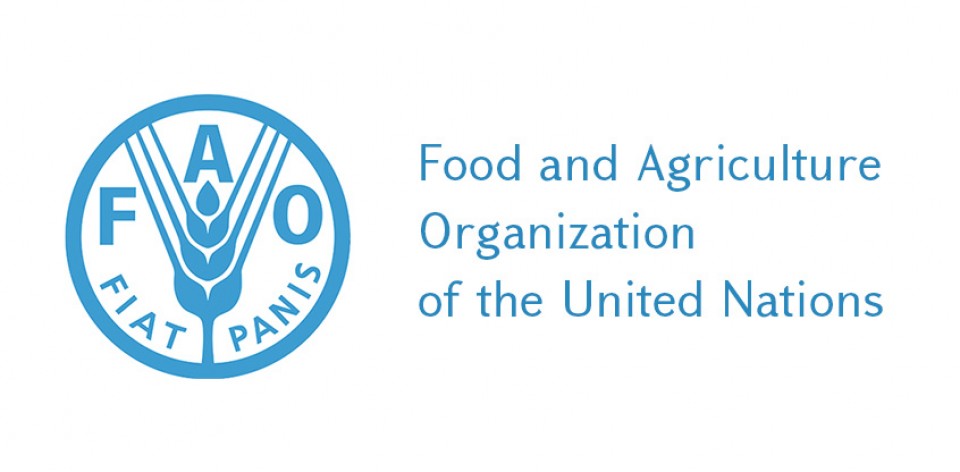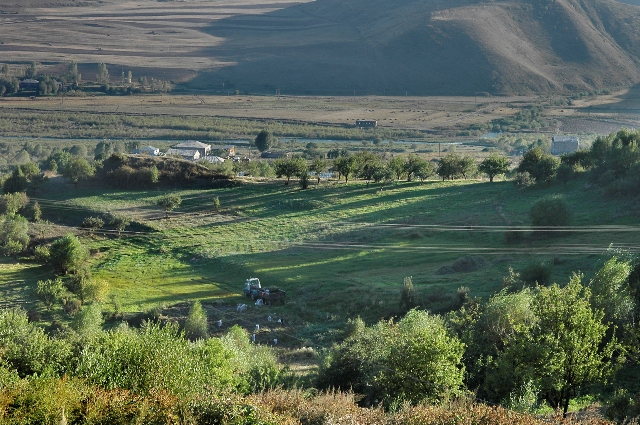 The liberation of the economy, the privatization of the land and other means of agricultural industry, the industrial and supplying infrastructures, the organizations consuming and processing agro-food have created reliable prerequisites for the fruitful utilization of the potential in countries. Nonetheless, the state active assistance to agriculture and countries is of great importance taking into consideration the peculiarities in the agrarian sphere, the situation existing in the agrarian sector, the scale and the urgency of arising problems, the food security of the state and the immediate development of the rural areas. It is mainly directed to the creation of the legal basis in the agrarian sphere, the provision of fruitful conditions of activity and investment for economists in the agriculture, the development of agricultural infrastructures, the stimulation of export-oriented production, the investment of modern technologies, the development of the systems of food security and professional consultation etc.
The liberation of the economy, the privatization of the land and other means of agricultural industry, the industrial and supplying infrastructures, the organizations consuming and processing agro-food have created reliable prerequisites for the fruitful utilization of the potential in countries. Nonetheless, the state active assistance to agriculture and countries is of great importance taking into consideration the peculiarities in the agrarian sphere, the situation existing in the agrarian sector, the scale and the urgency of arising problems, the food security of the state and the immediate development of the rural areas. It is mainly directed to the creation of the legal basis in the agrarian sphere, the provision of fruitful conditions of activity and investment for economists in the agriculture, the development of agricultural infrastructures, the stimulation of export-oriented production, the investment of modern technologies, the development of the systems of food security and professional consultation etc.
Indices of gross output, volume, index and gross domestic output of RA agriculture in 2010-2015 years
The Project of the RA Government and the 2010-2020 Strategy of Sustainable Development of Armenia’s agriculture are the landmarks in the agrarian sphere which outline the major directions of agrarian policy and the measures to their implementation. At the same time agricultural priorities are defined in accordance with the strategy. The major problems of the strategy are:
1) Overcoming of consequences of the financial crisis and investment of anti-epidemic mechanisms,
2) Deepening of the agrarian reformation, development of the agricultural cooperation,
3) Increase of the level of food safety, provision of minimum levels to the food security and the main agro-food self-sufficiency,
4) Increase of the competitiveness of agricultural products of the domestic production, substitution of import-oriented agro-food and development of export-oriented agriculture,
5) Zonal specialization and rational distribution of production,
6) Provision of food security,
7) Increase of the productivity of land utilization,
8) Development of the organic agriculture,
9) Development of the crop production,
a) implementation of leading agro-technical technologies,
b) widespread cultivation of crops that ensure high value addition,
c) intensive orchard planting
d) development of selection and seed breeding systems,
e) improvement of plant sanitary conditions,
f) preservation of crop genetic diversity.
g) increase of greenhouse areas
10) Development of the livestock sector,
a) increase of livestock and productivity
b) assistance for the fruitful coupling of the livestock branches and for the rational distribution,
c) development of animal breeding and implementation of complex measures for herd reproduction,
d) improvement of veterinary system and increase of productivity of veterinary measures,
e) development of the fodder base, creation of small workshops of condensed fodder in the territories of the RA regions,
f) assistance for the development of cattle-breeding trade organizations,
g) preservation of genetic diversity of livestock breeds.
11) Processing of agricultural raw materials,
a) development of the sphere and rational distribution of reprocessing organizations,
b) investment of leading technologies and increase of the production competitiveness,
c) marketing assistance and development of contract relations with raw material producers.
12) Development of the industrial-technical services of agriculture and increase of the saturation of industrial equipments,
13) Development of the social infrastructures of countries,
14) Mitigation of agricultural risks,
15) Improvement of the provision of credit in the agrarian sphere,
16) Improvement of the educational and consultative system in the agrarian sphere,
17) Improvement of the accounting system of agriculture.
The RA Sustainable Agricultural Development Strategy for 2015-2025 has been developed and is under consideration.

